- August 28, 2019
- By Liam Farrell
The Purple Line project won’t just connect communities in Prince George’s and Montgomery counties. It will reflect them.
The Art-in-Transit Program for the new 16.2-mile light-rail line has commissioned public art at each of the 21 stations on the Purple Line, now under construction, including the five on or near the University of Maryland.
The initiative, which aims to enhance the aesthetics of the light-rail system and celebrate neighborhood identities, drew hundreds of proposals after it was announced five years ago. That group was winnowed to 95, and a decision committee of representatives from the Maryland Transit Administration, Purple Line Transit Partners, arts councils and the surrounding communities, recently announced its selections.
“We wanted the art to speak to the community, communicate the history of the community, the character of it,” said Michael Madden, deputy project director of the Purple Line. “We feel we really got the best of the best.”
The $6 million allocated for the art will be divided evenly between Montgomery and Prince George’s counties, with contracts negotiated over the next year and the projects installed by 2021.
Here are some details on the art chosen for Purple Line stations at or near UMD:
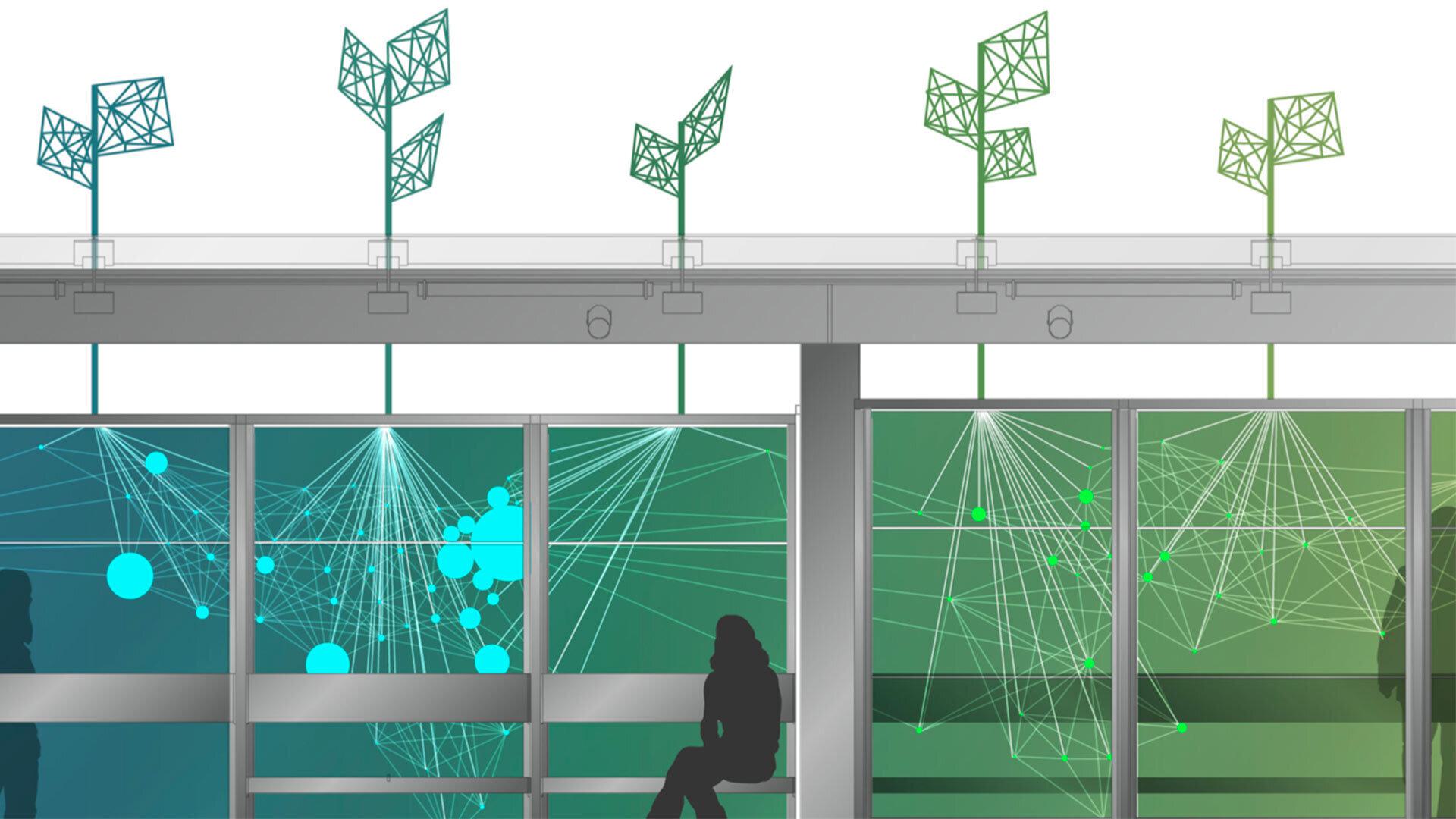
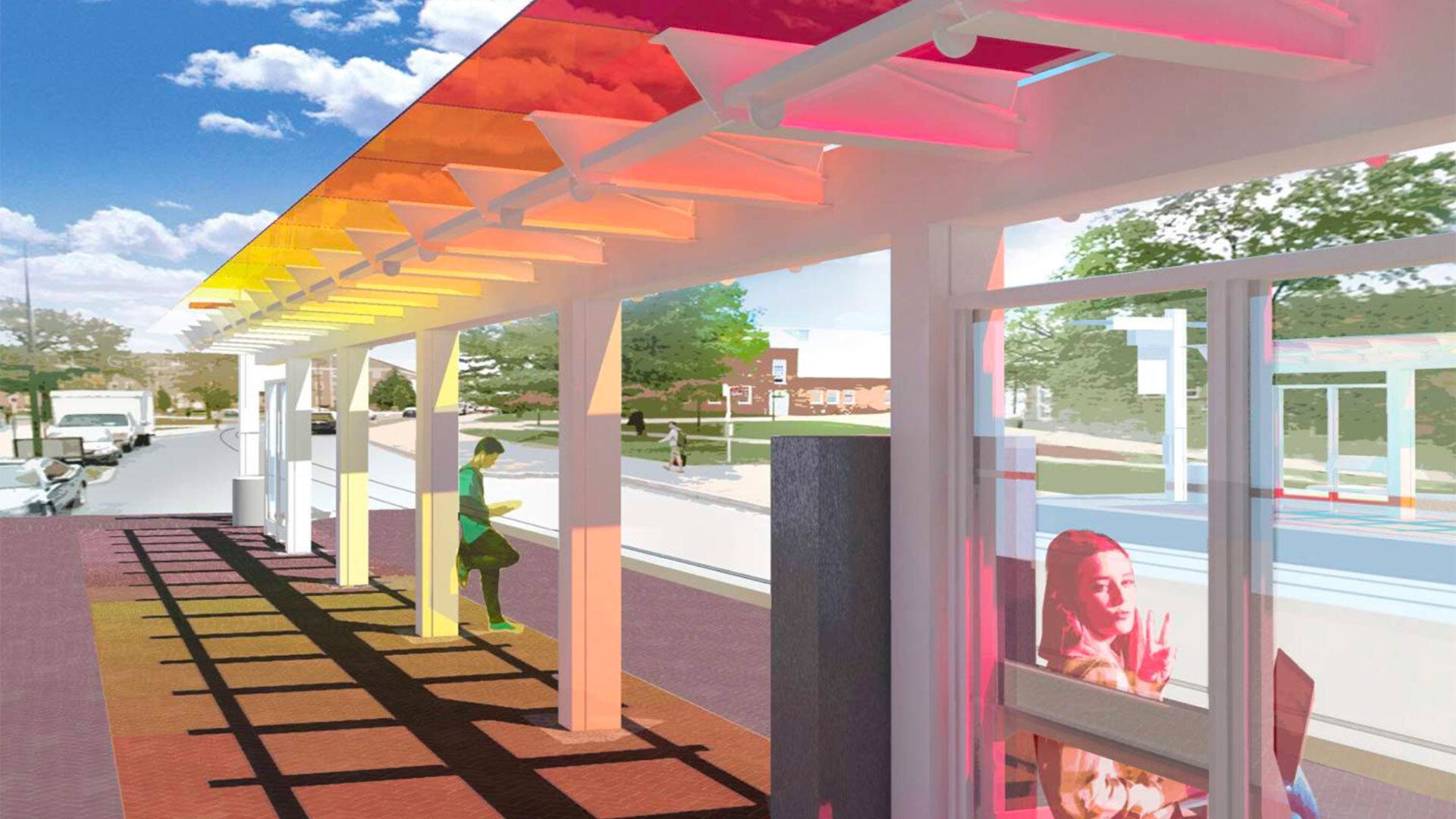
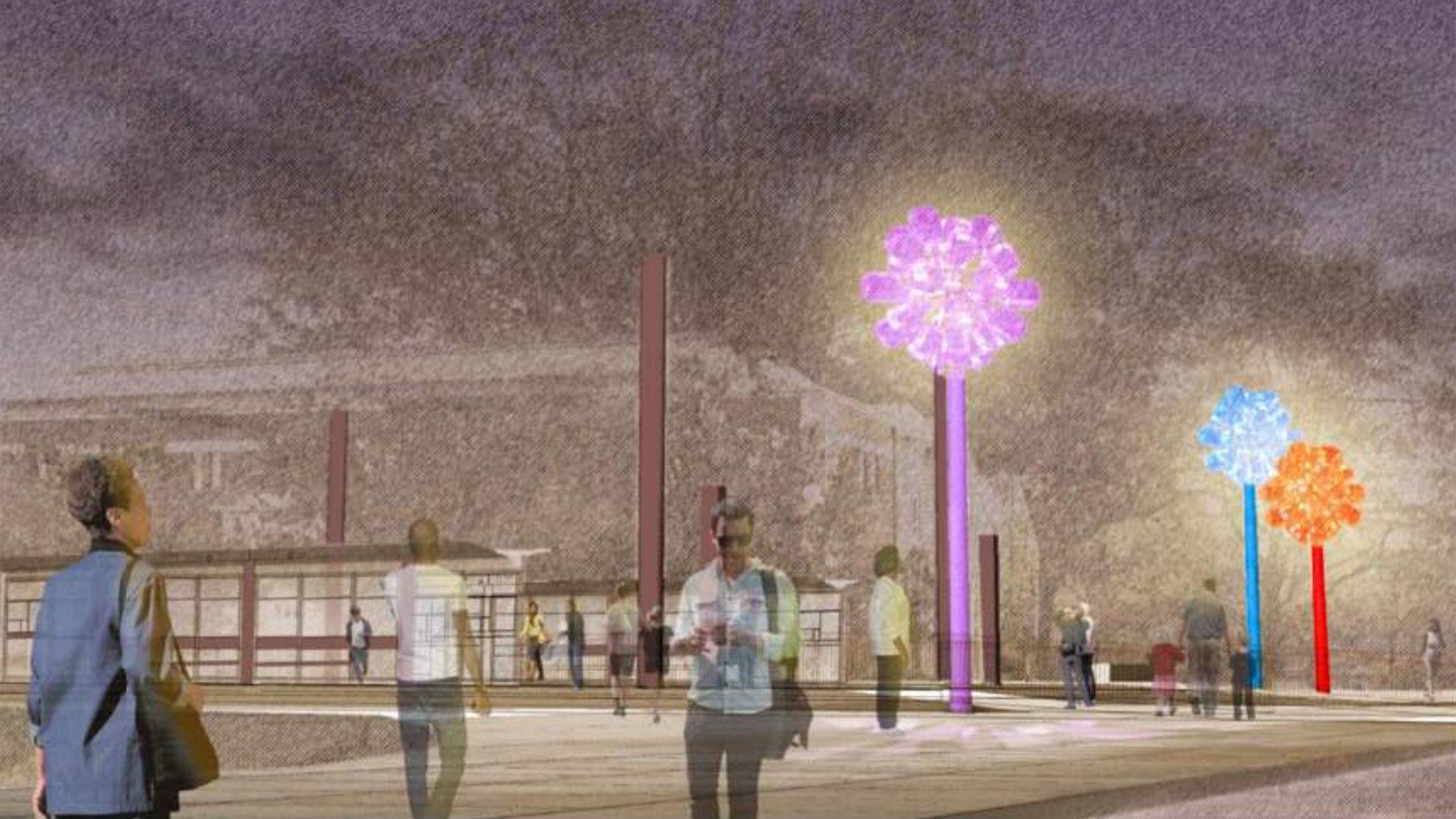
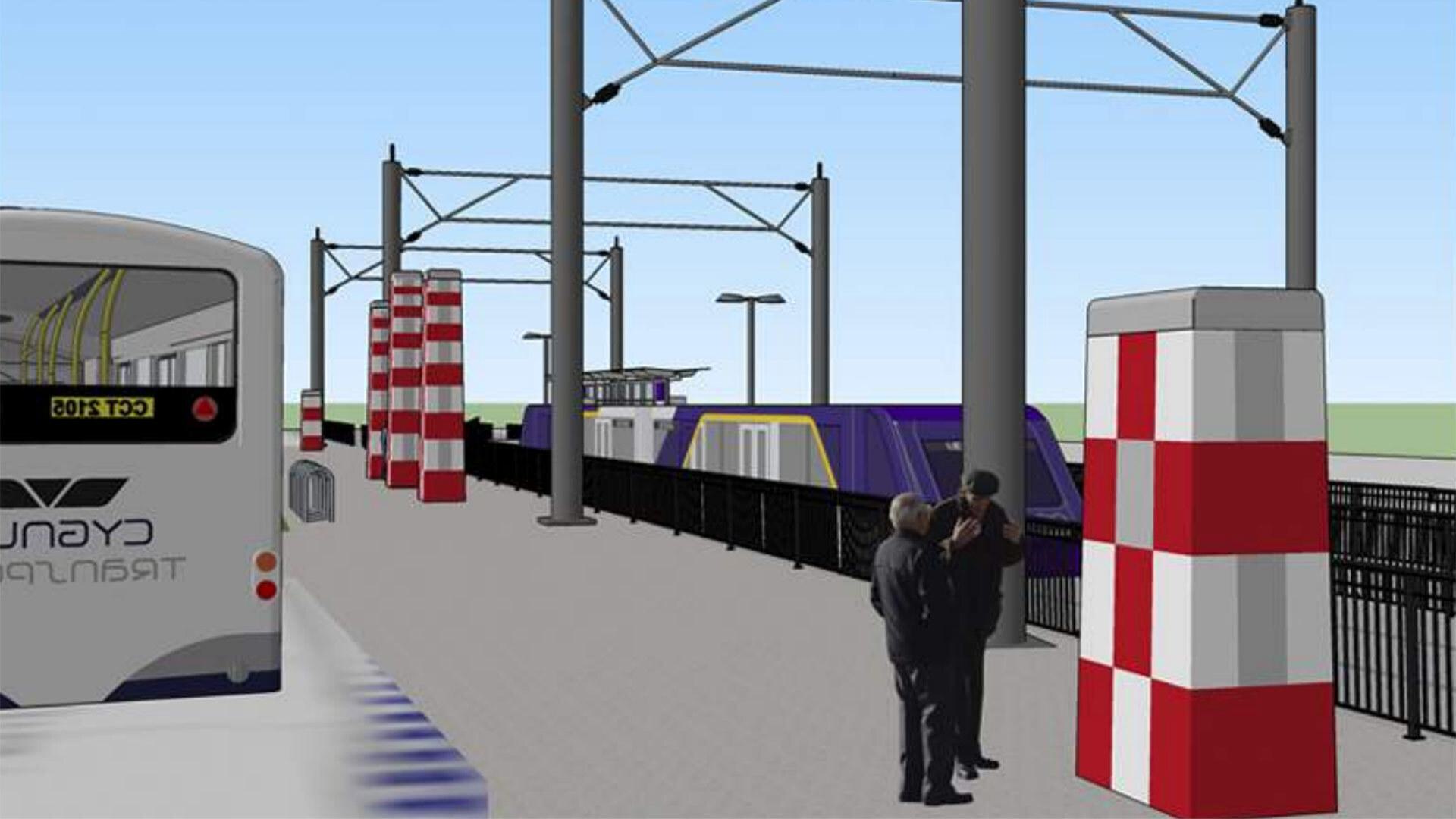
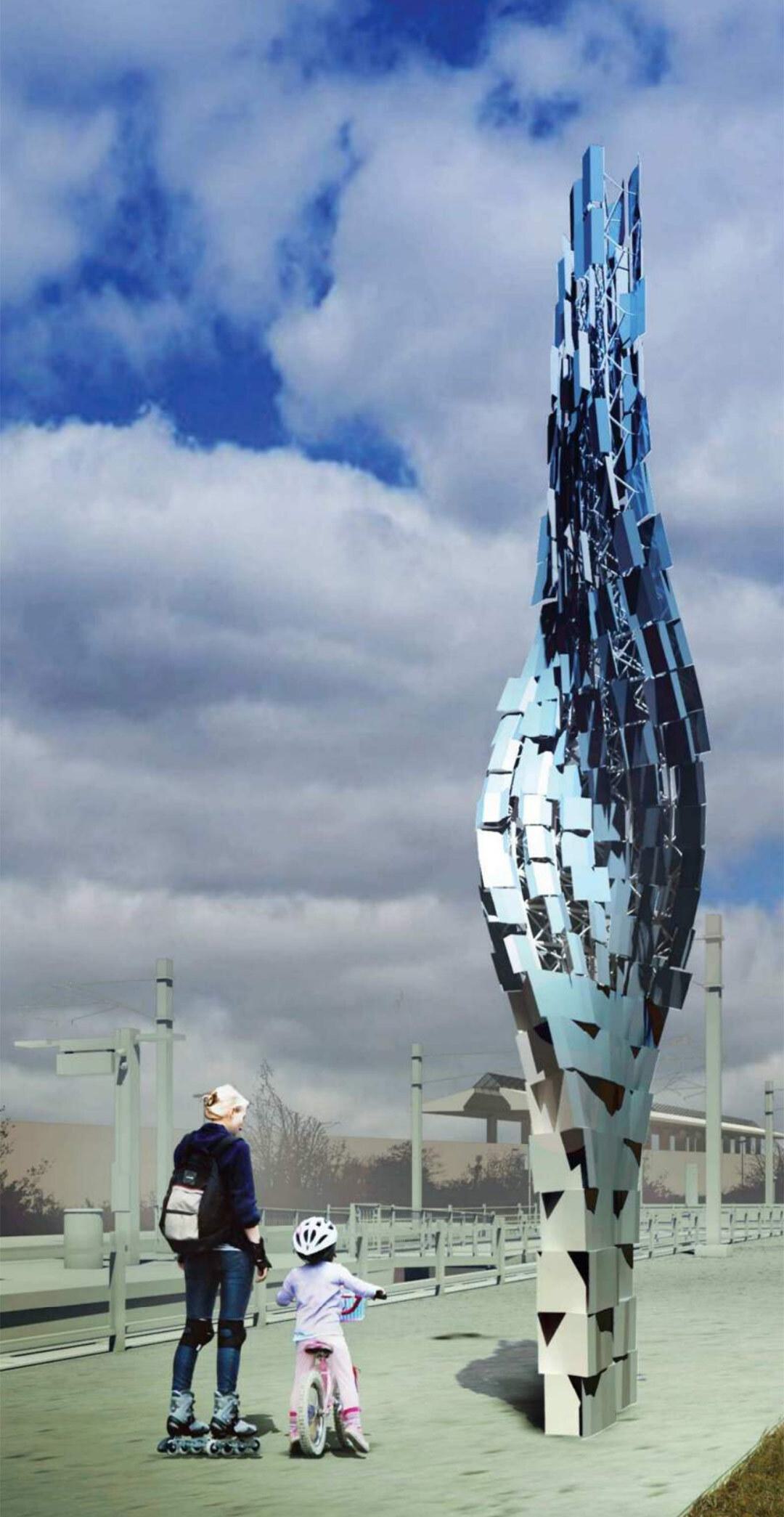
Adelphi Road-UMUC-UMD (Norman Lee and Shane Allbritton)
Campus Drive-UMD (Legge Lewis Legge)
Baltimore Ave-College Park-UMD (Walter Hood Design Studio)
College Park Metro-UMD (Lynn Basa)
Riverdale Park North-UMD (David Franklin and Aaron Whelton)
Inspired by the agricultural and technical innovations of nearby universities, this station will have plant sculptures sprouting from the top of a canopy with root patterns etched into glass windscreens and evoking circuit boards.
Glass panels in the canopy will cover everything in UMD colors at this site. Using ambient light from the sun, sky and artificial means, passengers will sit and stand beneath a color spectrum going from deep purple (for “Purple Line”) to Terp red and gold.
Playing off the West African tradition of “bottle trees,” three kaleidoscopic pylons will mark the entrance to this station on the corner of Rossborough Lane and Baltimore Avenue. The sculptures—one blue, one red and one purple—will stand 25 to 30 feet tall and refract the light from the surrounding environment and installed LEDs.
Since the station is across the street from the oldest continuously operating airport in the world, its pylons will be in red-and-white checks. Now used as a way to make stationary objects immediately identifiable to pilots, the color motif was often used by the College Park airport for racing shows.
Taking another cue from the area’s aviation history, the art at this station is meant to invoke the propellers and pylons used by the first pilots to launch into flight. The sculpture will twist and change the higher it gets to form colorful winged shapes.
Topics
Arts & CultureTags
Transportation